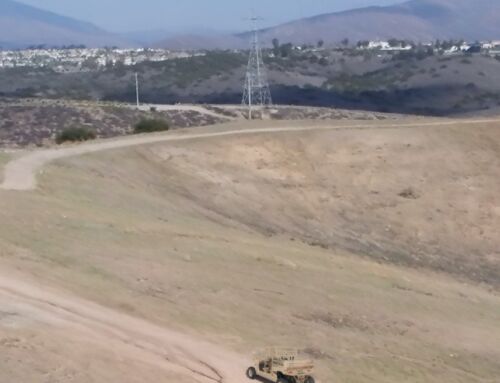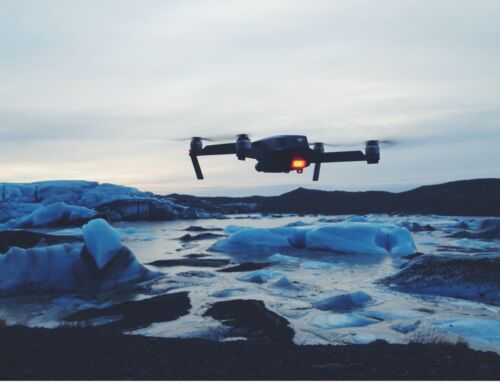Tethers are an indispensable component of public safety drone programs. It’s difficult to have an “eye in the sky” for an extended period of time without using a power tether system. The traditional tether use-case assumes a static drone position and therefore a static tether ground station position as well.
But what about those times that call for the drone to be in motion? Can a tether support those use cases as well? The answer is an emphatical YES! There are a number of use cases that call for the drone to be airborne for significant periods of time but not necessarily in a static location. In order for those missions to be completed, without interruption and undue risk, sustained drone power from a tether is needed.
Mobile Tether Use Cases
Ground patrols and operations involving land vehicles can be greatly enhanced with the use of a drone to provide situational awareness. Sometimes the operation itself requires constant movement of the vehicle (e.g. border/perimeter patrol or convoy movements). Other times, the nature of the mission requires the ability to quickly respond to changing environmental factors (e.g. emergency response). A truck-mounted drone that can be flown on a tether provides enhanced situational awareness and surveillance for sustained periods of time. These applications require that the vehicle is capable of providing power to the tether system. Typically, these solutions are fully autonomous, meaning they can be launched and landed from within the vehicle cab and without distracting the driver.
Maritime emergency operations can also benefit significantly from the deployment of tethered drones. Having a camera aloft to improve oversight of the maritime operation is not a new idea. Traditionally, aerostats equipped with cameras have been deployed and towed behind moving vessels to provide the necessary vantage to responders of oil spills and other environmental issues. However, aerostats are cumbersome to store and deploy onboard. Providing continual power to the base station is relatively easy. The real challenge comes from launching and landing from the vessel, which is subject to the heaving and rolling of the ship deck and the high winds that often accompany maritime operations. Also, the solution must be capable of following the moving vessel but allowing the camera/sensor to operate independently (from the tracking).
Blue Vigil OEM Integration Kit
Blue Vigil is actively working with partners to integrate our tether technology into these “on-the-go” drone applications and other use cases as they emerge. We have encapsulated our core technology into an OEM kit that allows us or our partners to quickly and easily integrate tether technology into custom solutions that can effectively meet the specific needs of mobile land and marine-based operations.




